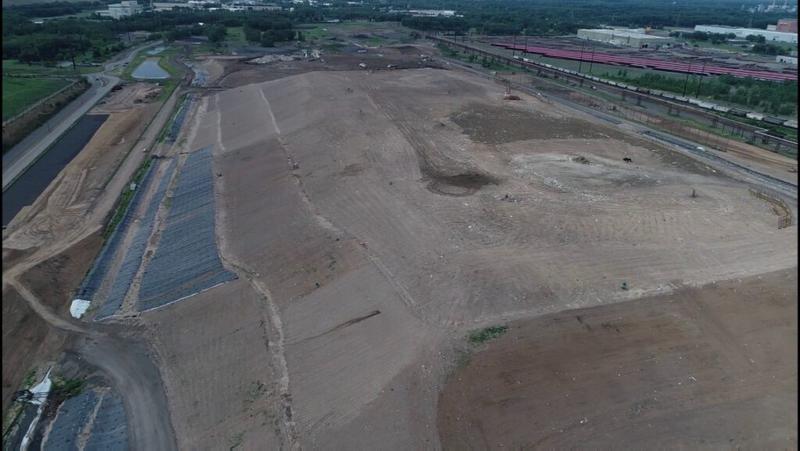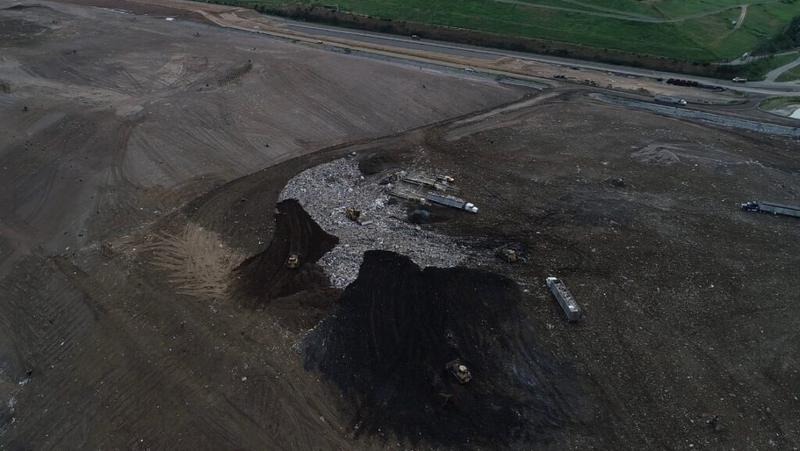
Methane in Landfills
Methane is a significant contributor to greenhouse gases and air pollution; many times more impactful than carbon dioxide and other air pollutants. Almost half of methane emissions in the U.S. come from gas, petroleum and landfill systems. To estimate the amount of methane emissions from various sources within facilities, scientists and engineers use emission factors. Unfortunately, many of the current methane emission factors are more than 20 years old, geographically limited or otherwise no longer as accurate as they may have been in the past. Since then, better and more accurate methane detection technologies and methodologies have been developing.
How are Methane Emissions Detected?
Originally, methane leak detection involved human observation-based Audial Visual and Olfactory techniques (AVO). In the natural gas and petroleum industry an individual can listen for leaky pipes, the smell of a gas, and or darker deposits left on equipment. USEPA Method 21 has also been used to identify potential leaking components and uses a Flame Ionization Detector (FID). Another method that has been used more recently is Optical Gas Imaging (OGI) which is a specialized thermal imaging camera which produces an image of the methane leak for the user to see.

Emerging Technologies and Emission Factors
There are many different types of technologies that can be used to collect both quantitative and qualitative Methane Emission data. The recent publication titled, “Evaluation of Innovative Methane Detection Technologies” authored by the Interstate Technology Regulatory Council (ITRC) has done a great job studying this topic. Some of these newer technologies include Catalytic Bead, Metal Oxide Semi-Conductor (MOS), Printed Nanotube Sensors, and others. The different emerging technologies have their strengths and limitations in such important aspects as detection ranges, deployment methods, calibration procedures, size, environmental limitations and others. To be better able to update Methane Emission factors, selection of the most appropriate technologies and the use of diverse methods and sites from different types of landfills will be a key to success. In addition, data must be collected during different weather, seasonal and altitude variations.

Importance of Updating Emission Factors
It is of great importance to update emission factors. Many agencies and states are seeking better information regarding greenhouse gas reductions. New York State is embarking on a comprehensive energy strategy which include 40% reduction in greenhouse gas (GHG) emissions from 1990 levels by 2030 and 85% reduction in GHG by 2050. Methane and other GHGs will need to be accurately quantified. Accurate quantification is more efficiently accomplished with updated and accurate emission factors and the correct use of newer techniques and technology.
Contact the experts at Walden Environmental Engineering to determine if newer or different detection techniques can be useful for your situation. Walden can help navigate complex technology advances and can help with Air Emission Regulations for your current or future projects and the health of your communities. Walden has other recent blog topics on Air Pollution topics here and a guide to navigating air quality regulations.
